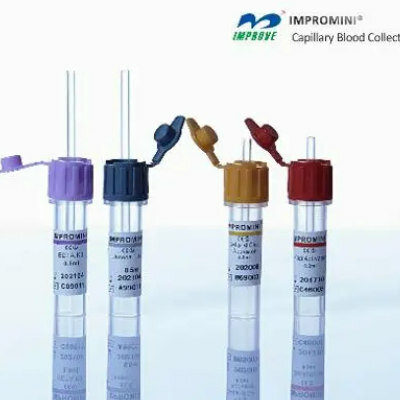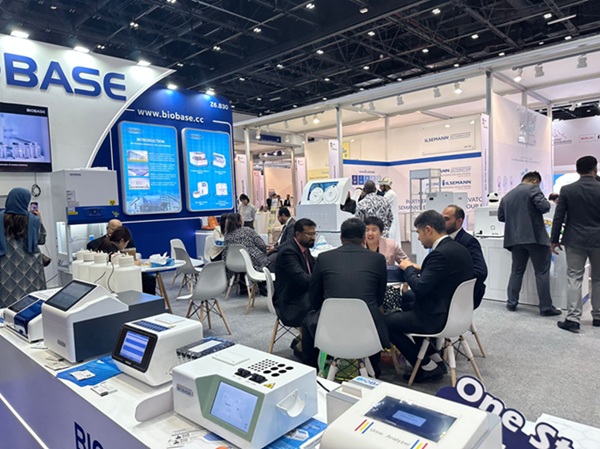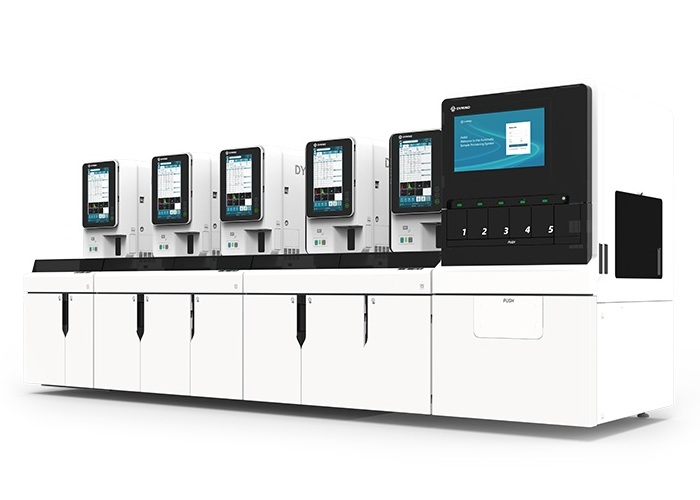DRG Unveils Innovative Traumatic Brain Injury (TBI) Test Panel
Posted on 04 Feb 2025
DRG Instruments (Marburg, Germany is unveiling its fully automated CLIA tests for evaluating suspected Traumatic Brain Injury (TBI) - the GFAP and UCH-L1 combo Tests – at Medlab Middle East 2025.
TBI can be mild or severe and is defined as damage to the brain resulting from an external mechanical force, such as rapid acceleration or deceleration, impact, blast waves, or penetration by a projectile. Imaging tests such as an MRI or CT scan can be performed, but these cannot detect all TBIs. This is of particular concern for those TBIs categorized as mild. Patients with mild TBI may suffer acute brain injury termed diffuse axonal injury (DAI), also known as “shearing injury,” which is not visible on standard CT and MRI scans. DAI is defined as “diffuse damage to axons in the cerebral hemispheres, in the corpus callosum, in the brainstem, and sometimes also in the cerebellum resulting from a head injury.” Brain injury biomarkers such as GFAP and UCH-L1 have effectively shown to help health care providers in providing immediate standard of care to evaluate and treat patients.

GFAP is released when astrocytes are damaged, making it a specific marker for astroglial injury, which occurs in moderate to severe TBI. Blood levels of GFAP increase soon after injury and remain elevated longer than UCH-L1, providing a longer window for detection. UCH-L1 is released into the bloodstream following neuronal injury, making it a reliable marker for neuronal damage in TBI. Elevated levels of UCH-L1 in the blood can be detected within hours after an injury, helping doctors diagnose mild to moderate TBI and differentiate it from non-brain injuries. The GFAP and UCH-L1 combo tests are designed for use on DRG's automated CLIA platform, DxDATA, enabling the measurement of GFAP and UCH-L1 blood levels within 30 minutes when patients' serum samples are collected within 12 hours of suspected traumatic brain injury. By providing fast and accurate TBI assessments, these tests increase the likelihood of immediate and effective treatment while reducing the need for radiation-based diagnostic imaging for suspected TBI.
"We are excited to bring these innovative TBI solutions to the global market," said Joerg Schloesser, Managing Director and VP of Commercial. "By leveraging automated testing and rapid turnaround times, we can help healthcare professionals make quicker, more informed decisions. Our mission is to advance patient care for those affected by traumatic brain injuries worldwide."




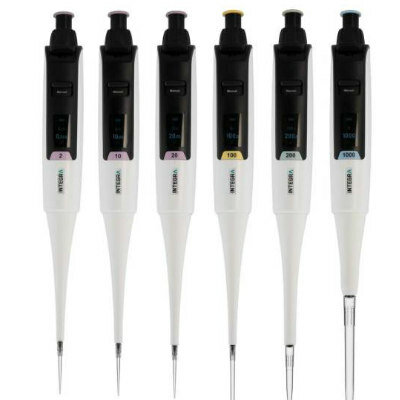


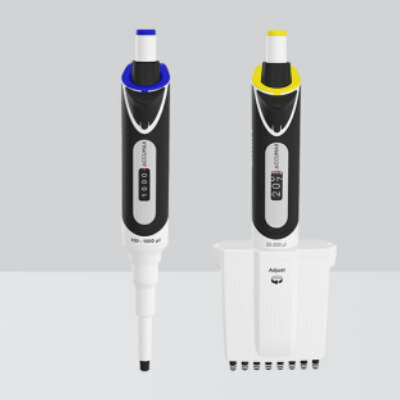
 (3) (1).png)
